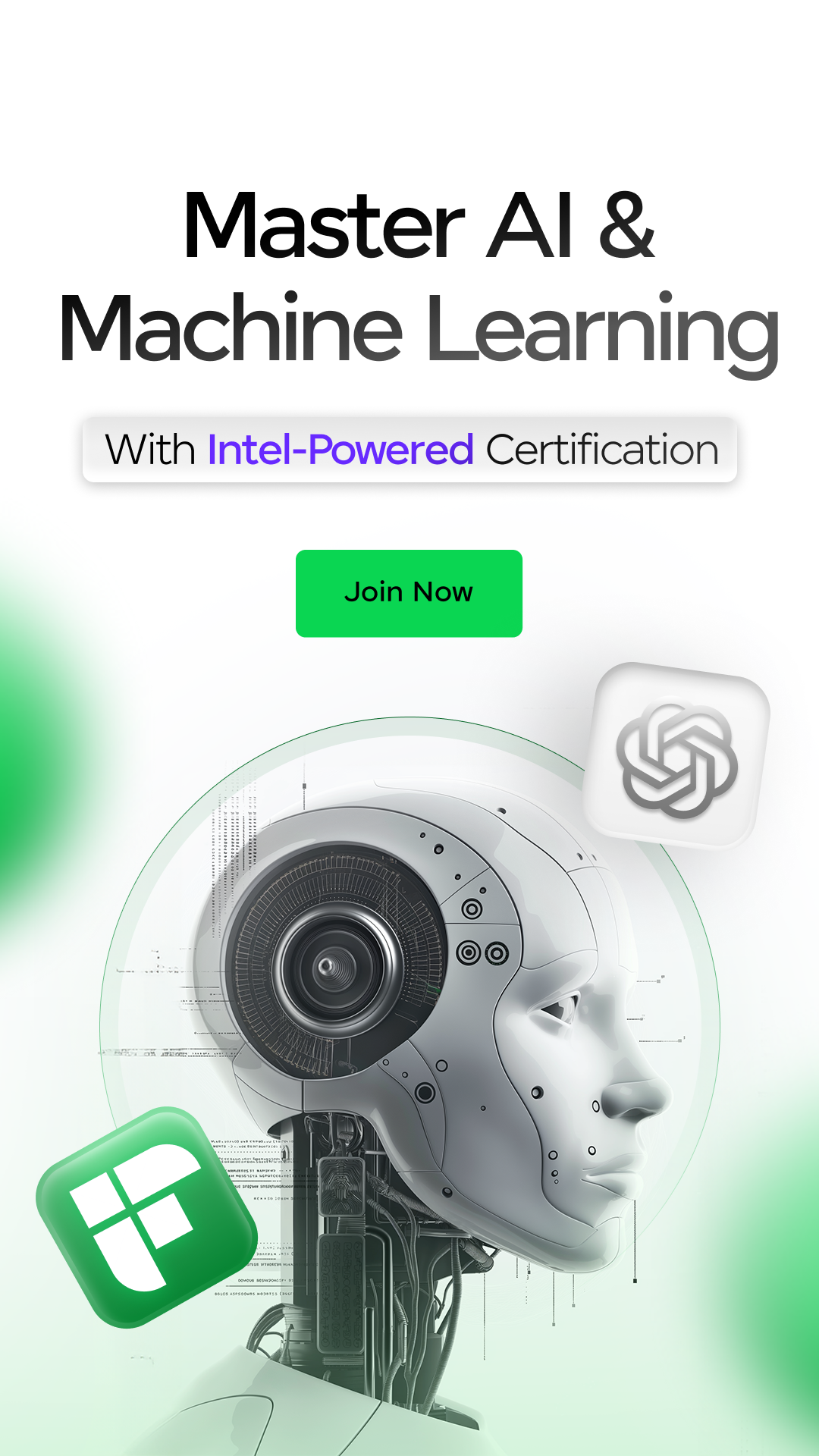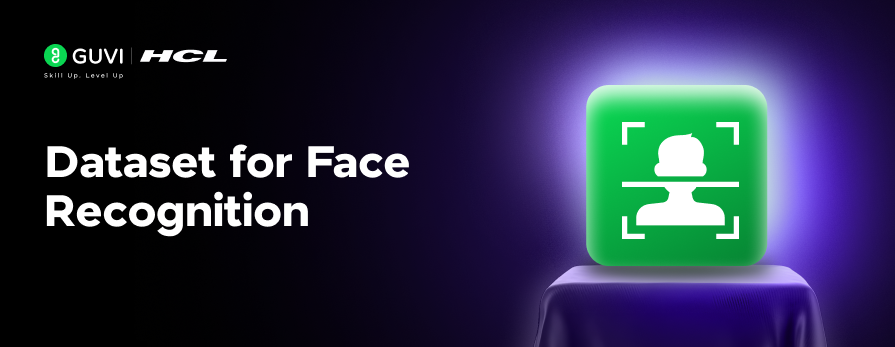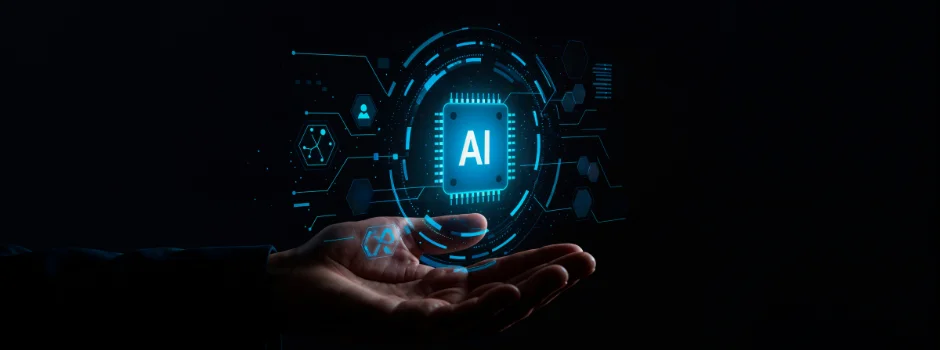
Understanding Object Detection: A Comprehensive Guide
Sep 10, 2025 2 Min Read 1233 Views
(Last Updated)
Have you ever wondered what object detection is and its importance in the real world? In this blog, we will look into object detection in detail, its various use cases with examples, and an analysis of the objects it predicts. This blog will be a great, comprehensive guide to object detection.
Table of contents
- What is Object Detection?
- One-stage methods
- Two-stage methods
- Importance of Object Detection
- Applications of Object Detection
- Object Detection Examples
- Example 1: Detecting a Single Object
- Example 2: Detecting Multiple Objects
- Types of Object Detection
- 2D Detectors
- 3D Detectors
- Person Detection
- Object Detection for Data Analysis
- Raw Data
- Data Analysis
- Conclusion
What is Object Detection?
Object detection is the task of detecting instances of objects of a certain class within an image. This article goes over the most recent state-of-the-art object detectors. The state-of-the-art methods can be categorized into two main types:
- One-stage methods
- Two-stage methods
One-stage methods
These are a class of algorithms that predict object locations and classes in a single pass through the network without a separate region step. It makes the object detection process faster and more efficient than two-stage methods. Some of the one-stage methods include:
- Inference speed
- YOLO
- SSD
- RetinaNet
Two-stage methods
Two-stage methods are the algorithms that approach object detection as a two-step process. The first step is to generate region proposals, which will contain the areas that are likely to contain the objects. The second step is to classify each proposed region and refine its bounding box. Some of the two-stage methods include:
- Detection accuracy
- Faster R-CNN
- Mask R-CNN
- Cascade R-CNN
Importance of Object Detection
Object detection is crucial in computer vision because it enables the machine to identify and locate objects in images/videos. Let’s look into some of the importance of object detection:
- It enables machines to understand their environment and interact with it through the camera.
- It plays a crucial role in system monitoring by detecting people, vehicles, and suspicious objects in real time.
- It allows systems to make instant decisions based on visual inputs for tasks like traffic management.
- It serves as a building block for higher-level computer vision tasks such as object tracking, instant segmentation, and image captioning.
Applications of Object Detection
The core application of object detection is computer vision tasks, which use algorithms to identify and locate objects within images/ videos. It can also be used in healthcare applications to diagnose and predict disease. Some of the applications include:
- Animal detection
- Vehicle detection
- People counting
- Face detecting
- Number plate recognition
Are you interested in learning more about object detection? Enroll in HCL Guvi’s IITM Pravartak certified Artificial Intelligence and Machine Learning Course. This covers all the important concepts of artificial intelligence from basics such as history of AI, Python programming, to object detection, deep learning and image processing techniques with hands-on projects.
Object Detection Examples
In this section, let’s look at some of the real-time object detection examples. The best object detection algorithm needs to detect objects with higher accuracy and detect the required objects from a crowd of other objects.
Example 1: Detecting a Single Object
To identify the object, the user needs to show the object in front of the camera to detect the existence of the object. In the example below, we have provided only one object. The algorithm successfully identifies the object as a cell phone with an accuracy of 99 percent, which is almost 100% accurate. This type of algorithm detects the target object by ignoring other objects in the image or camera.
Example 2: Detecting Multiple Objects
In the example below, the user displayed one or more objects in the camera. The algorithm successfully detected both the objects, one is a scissor with 91% accuracy and the other is a knife with 77% accuracy. The accuracy of detecting the object can be due to poor image/video quality or other factors from the algorithm side.
Types of Object Detection
Object detection can be categorized into different types based on the dimensionality of detection and the target objects. There are three main types of object detection:
2D Detectors
- 2D object detectors give bounding boxes with Four Degrees of Freedom
- This information is crucial to predict important factors like shape, size, and position of the object
3D Detectors
- 3D Detectors use data from the Camera
- LIDAR or Radar to generate 3D bounding boxes
Person Detection
- Person detection is a variant of object detection used to detect a primary class “Person” in image or video frames.
- Most modern person detector techniques are trained on frontal and asymmetric views,
Object Detection for Data Analysis
Object detection is also useful for Data analysis. From the images , we can bring the different types of data.
Based on the image reference, we can analyze the data :
Raw Data
| S.No | Category | Numbers |
| 1 | Person | 7200 |
| 2 | Moving Object | 998 |
| 3 | Animals | 54 |
| 4 | Lights | 512 |
| 5 | Vehicle | 22 |
Data Analysis
We can perform data analysis based on the above raw data for different categories that an object detection model predicts.

These graphs and plots represent the distribution of categorical and numerical data from the object detection data.

Conclusion
The powerful learning ability and advantages in dealing with blocking, scale transformation, and background switches, deep learning based object detection has been a research hotspot in the last few years. We propose several promising future directions to gain a thorough understanding of the object detection landscape. This review is also meaningful for the developments in neural network systems.





























Did you enjoy this article?